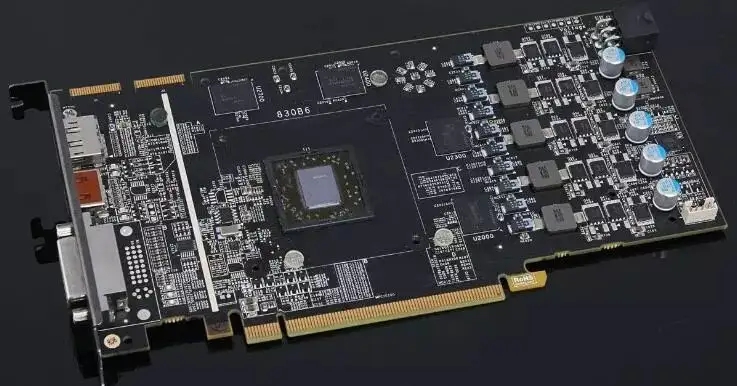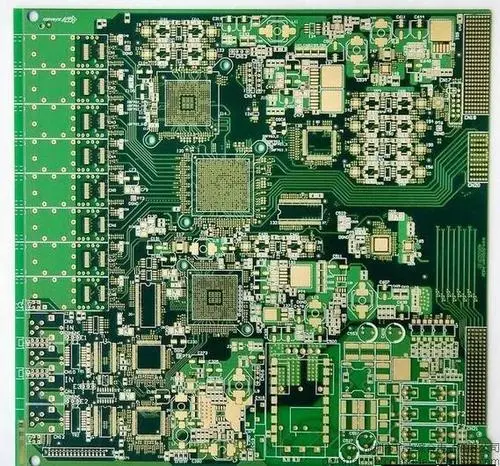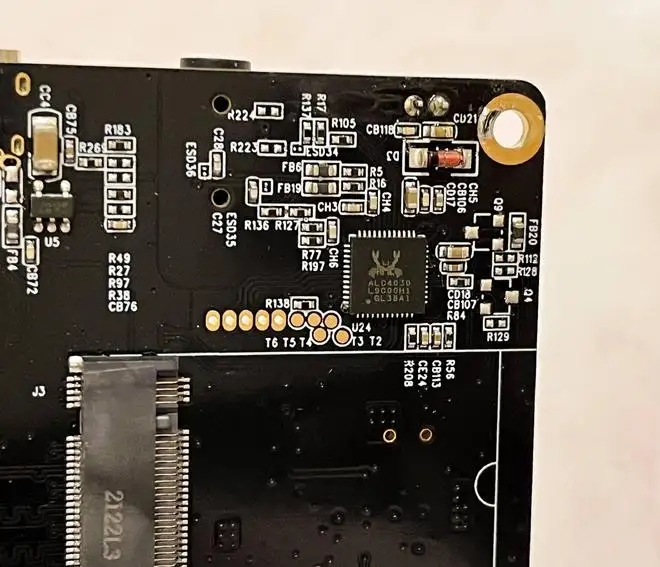
Pcb factory: difference between NTC thermistor and PTC thermistor
The circuit board manufacturer and circuit board designer explain the difference between NTC thermistor and PTC thermistor
Thermistor is a kind of commonly used sensing element, which can be divided into many types, of which NTC thermistor and PTC thermistor are the two most commonly used types. Although both are thermistors, there are some differences between NTC thermistors and PTC thermistors. Now let's take a look at the differences between NTC thermistor and PTC thermistor.
NTC (negative temperature coefficient) refers to the thermistor phenomenon and materials with negative temperature coefficient, whose resistance decreases exponentially with temperature rise This material is a semiconductor ceramic made by fully mixing, molding, sintering and other processes of two or more metal oxides, such as manganese, copper, silicon, cobalt, iron, nickel, zinc, etc. It can be made into a thermistor with a negative temperature coefficient (NTC).
The resistivity and material constant vary with the proportion of material composition, sintering atmosphere, sintering temperature and structure state Now there are also non oxide ntc thermistor materials represented by silicon carbide, tin selenide, tantalum nitride, etc.

NTC thermosensitive semiconducting ceramics are mostly oxide ceramics with spinel structure or other structures, which have negative temperature coefficients. The resistance values can be approximately expressed as: where rt and rt0 are the resistance values at temperature t and t0 respectively, and bn is the material constant. The resistance of ceramic grains changes due to temperature changes, which is determined by the semiconductor characteristics The accuracy of the thermistor thermometer can reach 0.1 ℃, and the temperature sensing time can be less than 10s It is not only suitable for granary thermometers, but also for food storage, medicine and health, scientific farming, ocean, deep wells, high altitude, glaciers and other aspects of temperature measurement.
PTC (positive temperature coefficient) refers to the thermistor phenomenon or material with a sharp increase in resistance and a positive temperature coefficient at a certain temperature, which can be specially used as a constant temperature sensor This material is a sintered body with batio_3 or srtio_3 or pbtio_3 as the main component, in which a small amount of nb, ta, bi, sb, y, la and other oxides are doped to control the atomic valence to make it semiconductive. This semiconducting batio_3 and other materials are often referred to as semiconducting (bulk) ceramics for short; At the same time, the oxides of mn, fe, cu, cr and other additives that increase their positive resistance temperature coefficients are also added. Platinum titanate and its solid solution are semiconducting by general ceramic process forming and high temperature sintering, so as to obtain positive characteristic thermistor materials.
The temperature coefficient and Curie point temperature vary with the composition and sintering conditions (especially the cooling temperature). In addition to being used as a heating element, PTC thermistor can also play the role of "switch". It has three functions: sensing element, heater and switch. It is called "thermal switch".
After the current passes through the element, the temperature rises, that is, the temperature of the heating body rises. When the temperature exceeds the Curie point, the resistance increases, which limits the increase of the current. Therefore, the decrease of the current causes the temperature of the element to decrease, and the decrease of the resistance value causes the current of the circuit to increase, and the temperature of the element to rise again and again. Therefore, it has the function of keeping the temperature within a specific range, and also acts as a switch The heating source is made of this temperature resistance property. As a heating element, it can be used in air heaters, electric soldering irons, clothes dryers, air conditioners, etc. It can also protect electrical appliances from overheating.
The circuit board manufacturer and circuit board designer explain the difference between NTC thermistor and PTC thermistor.









